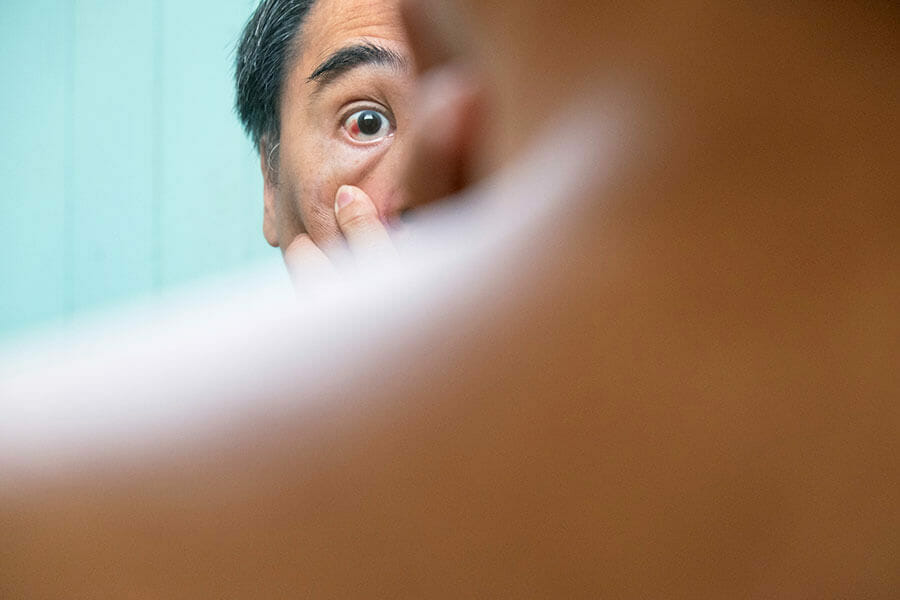If hand sanitizer gets into your eye while wearing contacts, it's essential to act quickly to minimize irritation. First, wash your hands thoroughly. Then, remove the contact lens from the affected eye, ensuring not to cause further irritation. Immediately flush the eye with plenty of lukewarm water or sterile saline solution for several minutes. After flushing, if there's still discomfort or any vision disturbances, it's advisable to see an eye doctor. Additionally, the contact lens should be cleaned thoroughly before re-inserting or, to be on the safer side, discarded to prevent potential contamination.













